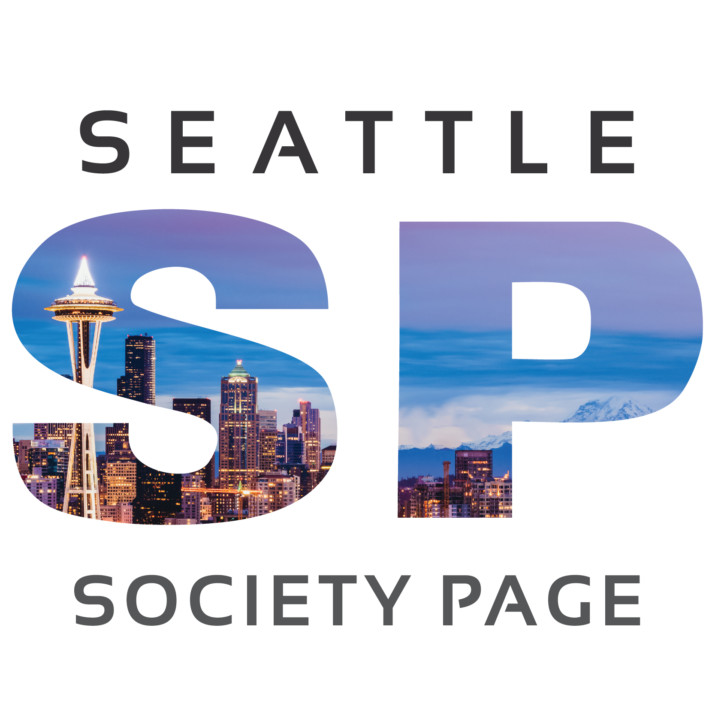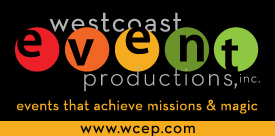
Urban ArtWorks Continues Public Art Creation and Youth Outreach Through COVID-19 Pandemic
Seattle, WA. Urban ArtWorks is continuing its mural apprentice program and public art projects while abiding by social distancing protocol. This summer, Urban ArtWorks will partner with South Park Arts, Seattle Neighborhood Group, and local young artists to create a mural on Ambakity restaurant in the South Park neighborhood of Seattle. Urban ArtWorks is also collaboratively creating public art that celebrates Black lives throughout the city.

Youth apprentices meet with their teaching artists, Dovey Martinez and Felipe Perez, in the South Park mural program. Photo was taken by Dennis Diaz.
Executive director Amanda Hashagen says that Urban ArtWorks’ “longest-running program is the mural apprentice program.” The mural apprentice program is an eight-week program in which young artists learn basic art skills and work on one large mural or public art project either during the school year or summer. Following the mural apprentice program, youths can advance into a long-term six-month apprenticeship, in which aspiring artists can connect with a mentor who will assist them in building portfolios. People can get more information on how to become an apprentice or program volunteer on Urban ArtWorks’ website.
This summer, the mural apprentice program will primarily operate online. Apprentices will receive basic art lessons virtually and be given assignments to work on offline as well. A summer project that youth apprentices are currently working on is a mural for Ambakity restaurant in the South Park neighborhood of Seattle. During this project, young artists collaboratively plan and design the mural virtually and at a social distance. After the planning process is complete, half of the artists will meet to paint one day, and the other half will meet another day to follow social distancing guidelines. Another project apprentices will have the opportunity to work on is designing and painting a utility box in Seattle. Urban ArtWorks will provide participants with paints, brushes, supplies, and snacks to ensure that the artists can create their work to the best of their abilities.

An artist works on Urban ArtWorks’ mural on the Metropole building in Pioneer Square.
Urban ArtWorks’ goal as an organization extends past beautifying Seattle. Through their numerous programs, Urban ArtWorks strives to work with young people with barriers to employment and provide them with basic job training and professional life skills. Hashagen wishes to empower local youth at Urban ArtWorks by teaching them to “trust that their perspectives are valid to share with the community.”
Hashagen shares that quarantining has given Urban ArtWorks’ staff increased time to reflect on how to improve their organization. She shares that the Black Lives Matter protests in Seattle have especially “amplified what their priorities should be.” Specifically, Urban ArtWorks is working to make its team and programs racially equitable. Hashagen claims that Urban ArtWorks is a predominantly white-led organization, and board members are “actively trying to change that.”
Urban ArtWorks is also connecting with its community by creating public art related to the Black Lives Matter movement. In mid-June, Urban ArtWorks worked on a large mural on the Metropole building in Pioneer Square to commemorate Juneteenth, the celebration of the official end of slavery in 1865. Artists and neighbors in the public were invited to contribute to the mural while social distancing. Over twenty individuals stopped to add their own touches to the painting and “transform the heavily graffitied wall into a rotating gallery.”

Urban ArtWorks’ collaborative mural on the Metropole building in Pioneer Square.
Urban ArtWorks also partnered with the Downtown Seattle Association to create art amid the aftermath of the Black Lives Matter Protests that transpired following the murder of George Floyd in Minneapolis. Urban ArtWorks secured highly visible locations in the Westlake area for BIPOC artists to create murals. Ten murals were painted on the boarded-up windows of the Nordstrom building on 6th and Pine street. Hashagen shares that “Black lives are more important than any damage done to a building or object, and [Urban ArtWorks] didn’t want that message to get lost in the ‘repairs’ [artists] made with any murals created.” Pictured below are some of these murals.

Mural by artist @Dozfy on Instagram and photographed by Paul Nunn

Mural by @ccstencil on Instagram and photographed by Paul Nunn

Mural by @wolfdelux on Instagram and photographed by Paul Nunn
Above all, Urban ArtWorks wishes to continue “engaging youth and communities in the creation of public art that inspires connections and honors their voices.” Hashagen encourages the public to “open their eyes and see what beauty and transformation young people can bring to our community” and “give them the respect they deserve.” Through its community outreach and displays of public art, Urban ArtWorks strives to show Seattle that “young people are brilliant and beautiful.”
From Urban ArtWorks:
To support Urban ArtWorks, financial and supply donations are always welcome. The organization also looks for volunteers and people to assist with photography and administrative work. People can also follow Urban ArtWorks on Instagram @urbanartworks.
Urban ArtWorks was developed in 1995 as a result of the SODO Business Association’s desire to clean up trash and graffiti along the busway in Seattle’s industrial zone. A plan was developed to enrich the surroundings and discourage graffiti by creating murals throughout the area now known as the SODO Urban Art Corridor. The collaboration of private and public partners facilitated the creation of an arts program for at-risk youth centered on the development of murals. Urban ArtWorks incorporated as a non-profit organization in 1998, and the scope of our work has expanded far beyond SODO and the corridor. Today, our organization works full time to promote the arts and produce new public artworks across the entirety of Seattle. Our youth programming continues to empower young people through professional opportunities in the arts. Our mission is to create public art that empowers young people and transforms communities











